
크리스티아나 피게레스
(영어 원문입니다. 번역본은 지면에 맞춰 분량을 줄인 것입니다.)
If done right, Korea’s Green New Deal can drive its economy, boost jobs, and help to address climate change
Christiana Figueres
Former Executive Secretary of UN Framework Convention on Climate Change (UNFCCC)·Convenor of Mission 2020
South Korea’s response to the COVID-19 pandemic has drawn praise from around globe. Two weeks ago, it was described as ‘exemplary’ by UN Secretary General Antonio Guterres.
The Coronavirus has unleashed humanity’s capacity to adapt in the face of a universal threat. We have demonstrated what is possible through determination, discipline and a commitment to protecting the most vulnerable in our communities.
It is now well understood that policies and stimulus packages to help us emerge from the COVID19 pandemic must not deepen the disruption and destruction of an even bigger crisis - climate change. On the contrary, responsible and forward-thinking governments are focused on how to direct COVID19 recovery efforts to build a safer, healthier and more resilient future. In Asia, Korea’s Green New Deal can lead the way.
News last Wednesday that President Moon Jae-in has asked ministers to work quickly on the contours of a new “green package” opens the door to a once-in-a-generation opportunity for Korea to grab a leadership position in East Asia, and gain a competitive edge as the world accelerates its transition to a clean energy future. The science-based, world-class handling of COVID-19 by the government makes clear that if any country can “build back better”, it is Korea.
Over last decade, Korea has experienced severe heatwaves, typhoons, longer summers, and toxic air pollution from burning coal for power. At the same time, previous promises of greener growth have gone largely unfulfilled. Earlier this year, the global Climate Change Performance Index ranked South Korea 58th out of 61 countries assessed, with only Taiwan, Saudi Arabia and the United States behind it. And after years of prioritizing new and highly-polluting coal power, Carbon Tracker found recently that South Korea has the highest level of coal stranded asset risk of any country in the world, in the vicinity of US$100 billion.
There is a natural tendency in a time of upheaval to fall back on the familiar but now out-dated models for growth and prosperity. But a crisis can also act as a trigger for quick, systemic change.
At this unprecedented moment, as we embark on the necessary renewal of our economies, the benefits of bold action are great.
The Green New Deal policy platform published by the ruling party in the lead up to the recent National Assembly elections was a potent sign that the government is ready to turn the page.
Transforming the energy system could boost cumulative global GDP gains by up to USD 98 trillion between now and 2050, while quadrupling renewable energy jobs to 42 million. For Korea, a recent study showed that an “visionary” green energy revolution would produce four times more Korean jobs by 2050 – nearly 4 million in total – than the business as usual scenario.
As with any transition, there will be winners and losers. As Bloomberg recently pointed out, coal is currently suffering most, largely because renewable energy is now much cheaper, much less polluting and much faster to build.
Little surprise then that investors are running for the coal exit door. In the last month alone, Mizuho Financial Group, SMBC, HSBC and Citi have all drastically tightened funding restrictions on coal power. Even Tadashi Maeda, Governor of the Japan Bank of International Cooperation (JBIC) stated it would ‘stop approving loans for new coal projects.’
In this context, it is difficult to reconcile spending billions of taxpayer dollars on a bail out for Doosan Heavy without ensuring the company uses the investment to rapidly shift away from money-losing coal to profitable and fit-for-the-future business opportunities.
If done properly, the government’s Green New Deal must be a visionary blueprint for decarbonization of the Korean economy by 2050. It must set an ambitious new trajectory for rolling out utility-scale renewables and firming technology to go well beyond the 20% target in the current Energy Master Plan, perhaps even to 50%, as some have suggested. It must accelerate the push for a price on carbon, and pursue a phase out of coal power by 2030. The Green New Deal must also shift the country away from financing coal externally, a move Japan’s banks appear ready to make.
Taking these bold steps would allow to Korea to consider a more ambitious emissions target for 2030 under the Paris Agreement. With the postponement of this year’s annual UN climate summit into 2021, there is now more time for Korea to carve out the necessary plans, and to use its hosting of the lead-up P4G Summit to begin brandishing its new leadership credentials on the world stage.
To recover from this terrible crisis, Korea, like other nations, will spend billions to get people back to work, and to get its economy on track. If we spend well, we can build back better. If we spend badly, by investing in the old carbon economy and failing to embrace the cleaner, greener new version, we risk a recovery from one crisis that reinforces another. Korean climate leadership is too good an opportunity to let slip away.
이슈기후 위기
항상 시민과 함께하겠습니다. 한겨레 구독신청 하기

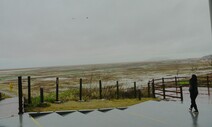
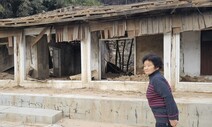

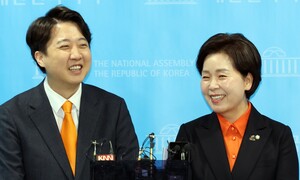


![[사설] 노동자 안전 뒷전 중대재해법 후퇴가 민생 대책인가 [사설] 노동자 안전 뒷전 중대재해법 후퇴가 민생 대책인가](http://flexible.img.hani.co.kr/flexible/normal/300/180/imgdb/child/2024/0116/53_17053980971276_20240116503438.jpg)

![[올해의 책] 숙제를 풀 실마리를 찾아, 다시 책으로 ①국내서 [올해의 책] 숙제를 풀 실마리를 찾아, 다시 책으로 ①국내서](http://flexible.img.hani.co.kr/flexible/normal/800/320/imgdb/original/2023/1228/20231228503768.jpg)
![[올해의 책] 숙제를 풀 실마리를 찾아, 다시 책으로 ②번역서 [올해의 책] 숙제를 풀 실마리를 찾아, 다시 책으로 ②번역서](http://flexible.img.hani.co.kr/flexible/normal/500/300/imgdb/original/2023/1228/20231228503807.jpg)


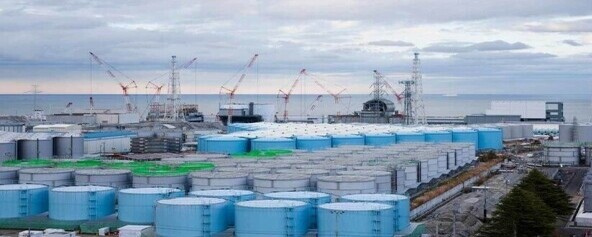

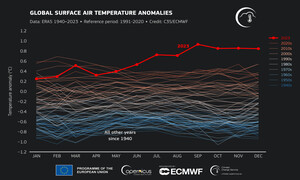
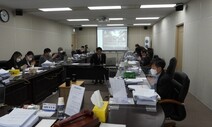
![윤석열이 연 파시즘의 문, 어떻게 할 것인가? [신진욱의 시선] 윤석열이 연 파시즘의 문, 어떻게 할 것인가? [신진욱의 시선]](http://flexible.img.hani.co.kr/flexible/normal/212/127/imgdb/original/2025/0212/20250212500150.webp)
![“공부 많이 헌 것들이 도둑놈 되드라” [이광이 잡념잡상] “공부 많이 헌 것들이 도둑놈 되드라” [이광이 잡념잡상]](http://flexible.img.hani.co.kr/flexible/normal/212/127/imgdb/original/2025/0211/20250211502715.webp)
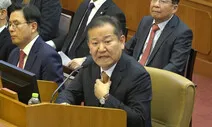
![극우 포퓰리즘이 몰려온다 [홍성수 칼럼] 극우 포퓰리즘이 몰려온다 [홍성수 칼럼]](http://flexible.img.hani.co.kr/flexible/normal/212/127/imgdb/original/2025/0211/20250211503664.webp)

